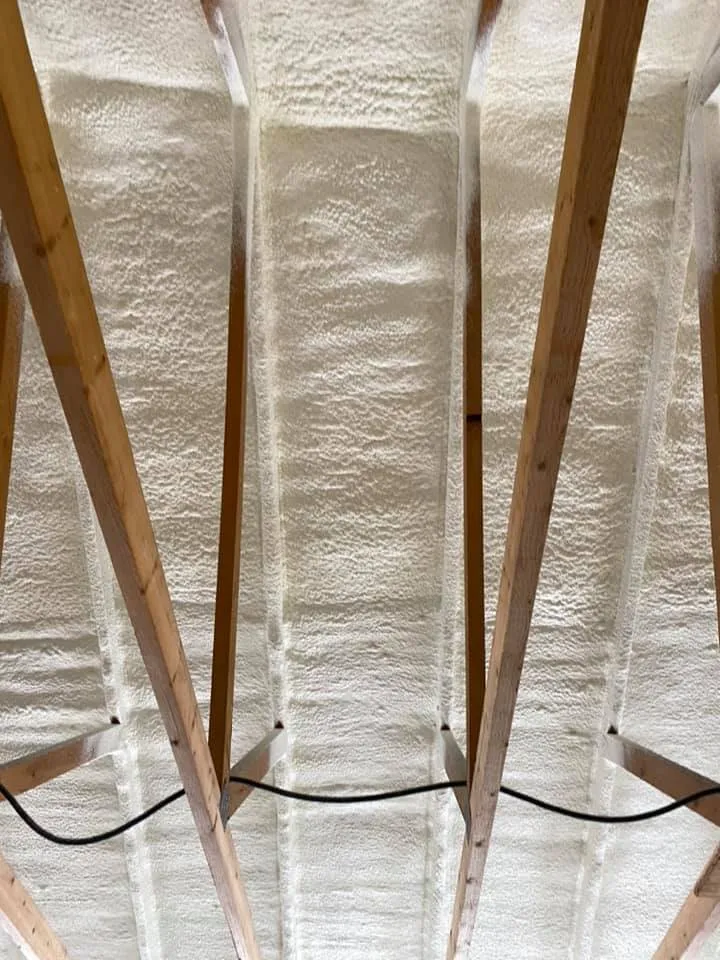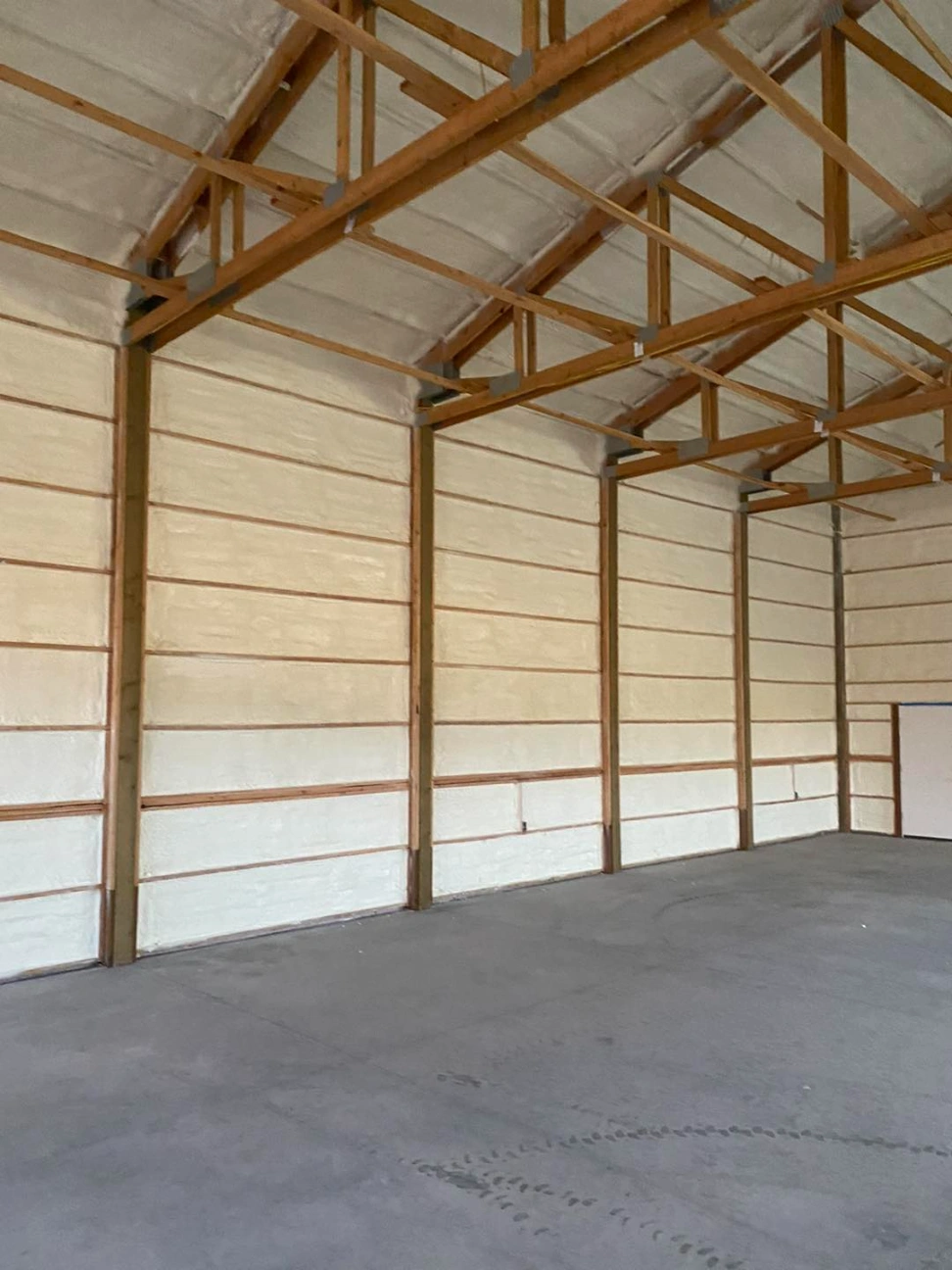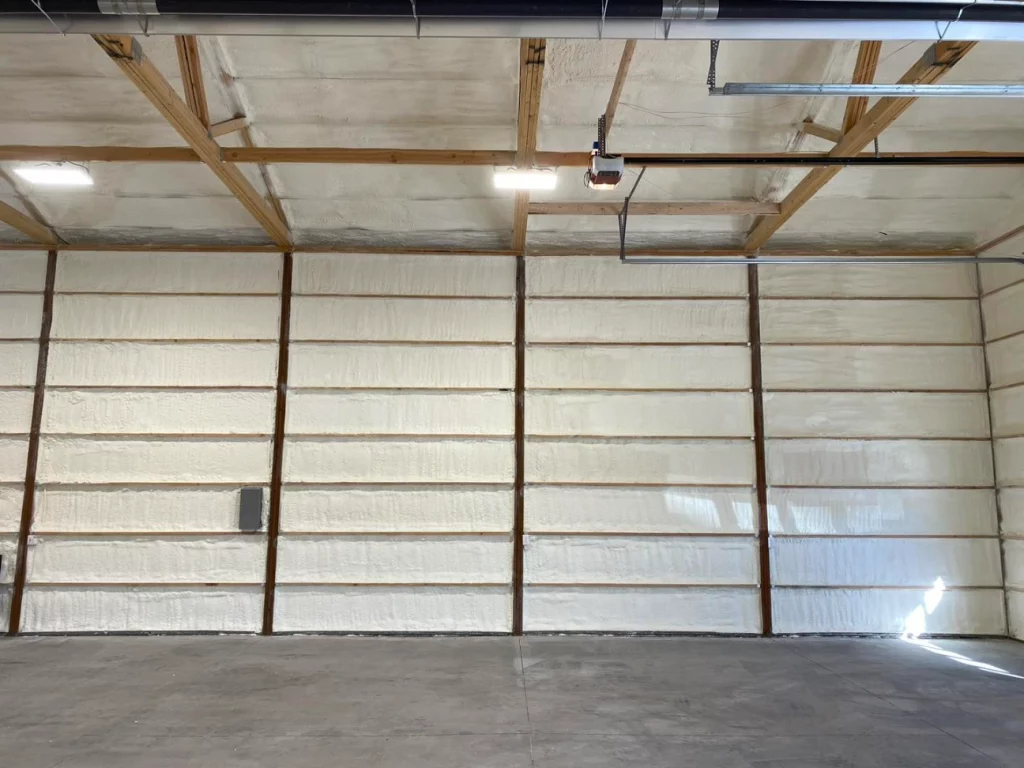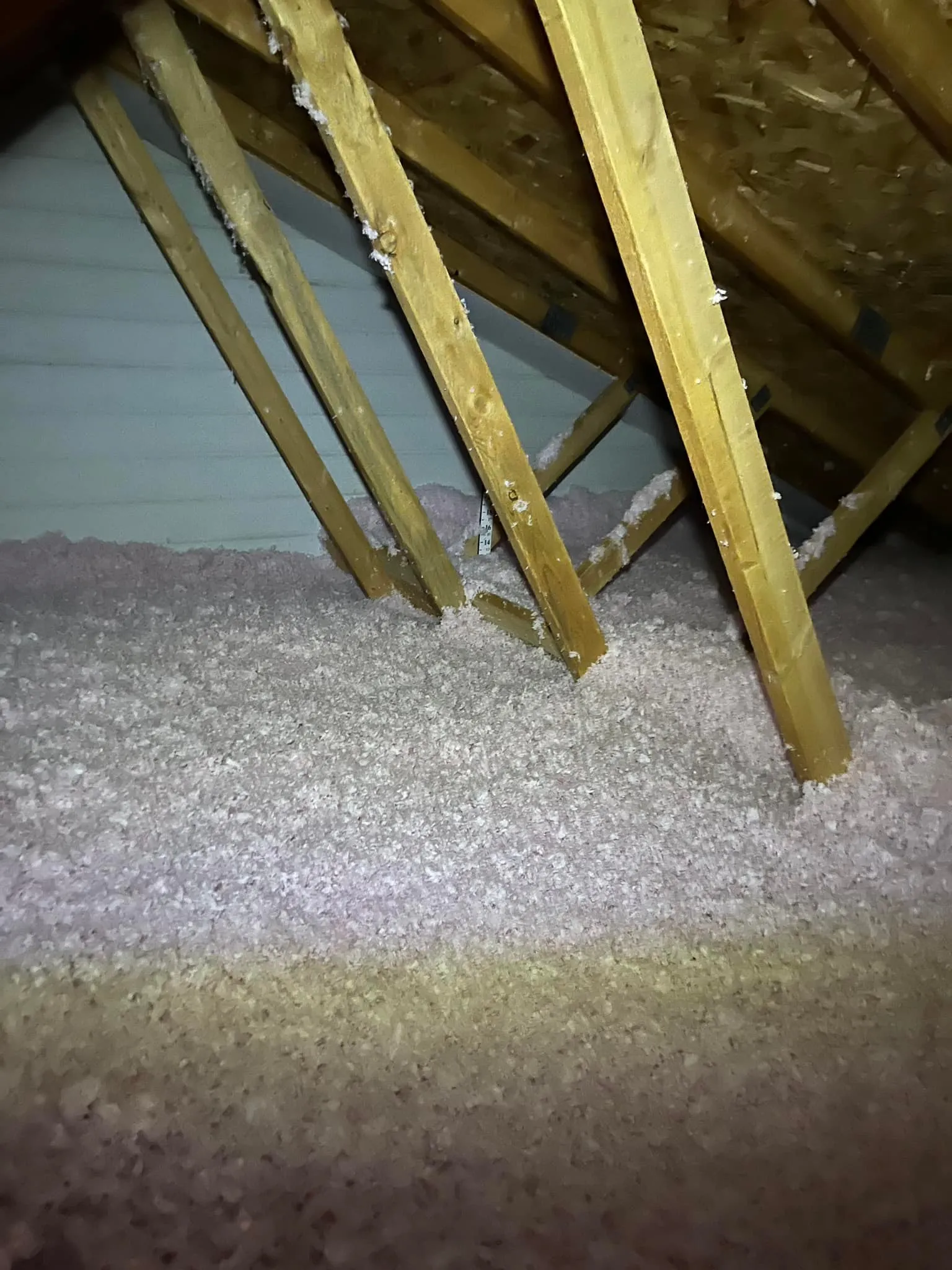

Spray foam insulation keeps rooms cooler in the summer primarily by creating a comprehensive air barrier. Unlike traditional insulation, which only slows down heat transfer, spray foam expands to fill every crack, gap, and crevice in a home’s structure. This process stops the movement of hot, humid outdoor air into the conditioned living space, a phenomenon known as air infiltration. By preventing this convective heat gain, spray foam significantly reduces the workload on an air conditioning system, leading to more stable indoor temperatures and lower energy consumption.
This article will explain the mechanisms behind how spray foam insulation effectively manages summer heat. The information is based on extensive field experience and an understanding of modern building science principles. High Country Solutions is dedicated to providing clear, practical knowledge to help homeowners make informed decisions about their property’s thermal performance.
To understand why spray foam works so well, it’s helpful to know how heat gets into a house in the first place. Heat moves in three ways: conduction, convection, and radiation.
Traditional insulation, like fiberglass batts or blown-in cellulose, primarily addresses conductive heat transfer. However, they do little to stop convective heat transfer, as air can still move freely through and around them. Spray foam tackles both conduction and, most importantly, convection.
The single greatest advantage of spray foam in a hot climate is its ability to form a monolithic air barrier. When professionally installed, the liquid foam mixture expands up to 100 times its original volume, sealing the building envelope from the inside.
This air seal is critical for summer comfort. In fact, uncontrolled air leakage can be responsible for up to 40% of a building’s energy loss for heating and cooling, as highlighted by the Spray Polyurethane Foam Alliance. A report from ENERGY STAR notes that sealing these leaks can save homeowners an average of 15% on heating and cooling costs. Spray foam effectively seals common problem areas that other insulation types miss:
By stopping these leaks, spray foam prevents hot, moist air from entering, which keeps the indoor environment cooler and less humid.
While stopping air movement is key, insulation must also resist conductive heat flow. This resistance is measured by its R-value. A higher R-value indicates better insulating performance. Spray foam insulation offers excellent R-values compared to many other materials.
There are two main types of spray foam: open-cell and closed-cell. Each has different properties and R-values.
| Insulation Material | Typical R-Value (per inch) | Key Characteristics |
|---|---|---|
| Closed-Cell Spray Foam | R-6.0 to R-7.0 | Dense, rigid, acts as a vapor barrier, adds structural strength. |
| Open-Cell Spray Foam | R-3.5 to R-3.8 | Spongy, flexible, excellent air and sound barrier. |
| Fiberglass Batts | R-3.1 to R-4.3 | Common, inexpensive, can lose R-value if compressed or moist. |
| Blown-In Cellulose | R-3.2 to R-3.8 | Made from recycled paper, can settle over time, reducing effectiveness. |
| Rigid Foam Board | R-4.0 to R-6.5 | Varies by type (EPS, XPS, Polyiso), requires careful sealing at seams. |
As the data shows, closed-cell spray foam provides one of the highest R-values available, allowing for maximum thermal resistance in a limited space, like a cathedral ceiling or wall cavity.
Bonus Tip: In humid climates, closed-cell spray foam is often preferred because its structure prevents moisture from passing through, which helps control indoor humidity levels and prevents mold growth.
When a home has a complete air seal and high R-value insulation, the air conditioner doesn’t have to run as often or for as long to maintain the set temperature. The cool, conditioned air stays inside, and the hot, humid air stays outside.
This has several direct benefits:

Choosing the right insulation is a big decision. Before proceeding with a spray foam installation, property owners should evaluate a few factors.
First, consider the scope of the project. Is it for new construction or a retrofit in an existing home? Retrofitting can be more complex and may involve removing old insulation and drywall. Second, determine which type of foam is appropriate. Closed-cell is ideal for areas needing a vapor barrier and high R-value, while open-cell is a great air and sound barrier often used in interior walls. Finally, professional installation is non-negotiable. Improper application can lead to performance issues and even safety concerns. Always vet contractors and ensure they are certified and insured.
Bonus Tip: A home sealed with spray foam may require mechanical ventilation, like an Energy Recovery Ventilator (ERV), to ensure a healthy exchange of fresh air. This is a sign the air barrier is working as intended.
Using spray foam insulation is a highly effective strategy for keeping a home cool and comfortable during the summer. Its ability to create a near-perfect air seal stops hot air infiltration, while its high R-value resists the conductive flow of heat. This combination reduces the load on HVAC systems, lowers energy bills, and creates a more stable and pleasant indoor climate. Before making a choice, assess your home’s specific needs and consult with qualified professionals to determine the best approach.
To understand how spray foam can improve your home’s comfort and efficiency, it’s best to get a professional evaluation. High Country Solutions can provide a detailed assessment of your property’s insulation needs. Contact the team by email at [email protected] or by phone at (307) 248-9063 to discuss your project.
When installed correctly and protected from direct sunlight, spray foam insulation does not sag, settle, or degrade. It is a stable material that should last for the life of the building.
Yes. Once the foam has fully cured, which typically takes about 24 hours, it becomes an inert plastic. During the installation and curing process, the area must be well-ventilated, and occupants should not be present.
Open-cell spray foam, with its softer and more flexible texture, is excellent at absorbing sound waves. It can significantly reduce airborne noise from outside and between rooms, creating a quieter indoor environment.
Yes, and it’s one of the most effective applications for improving summer comfort. Applying spray foam directly to the underside of the roof deck creates an “unvented” or “conditioned” attic. This prevents the attic from reaching extreme temperatures, which in turn reduces the amount of heat radiating down into the living spaces below.
Absolutely. Stopping humid air from entering the home helps maintain a lower indoor humidity level. Closed-cell foam is particularly effective as it acts as a vapor barrier, blocking moisture diffusion through the building materials themselves. The U.S. Department of Energy highlights its effectiveness in creating a tight building envelope.


